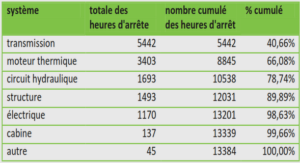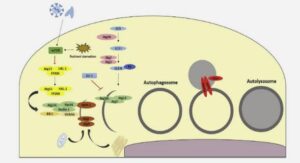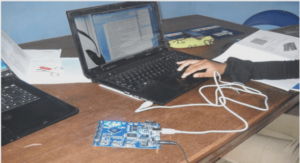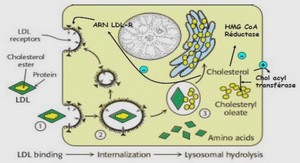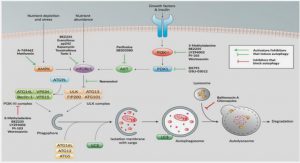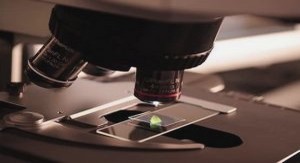Spatial and temporal evolution of detritusphere hotspots at different soil moistures
Soil is a heterogeneous and complex environment with a heterogeneous spatial distribution of native and exogenous soil organic matter (OM) at different spatial scales (from m to µm) (Chenu and Plante, 2006; Peth et al., 2014) as well as of microorganisms (Chenu et al., 2001; Ranjard and Richaume, 2001;
Chenu and Stotzky, 2002; Raynaud and Nunan, 2014). Beare et al. (1995) defined soil as the juxtaposition of microenvironments that may harbour different microbial communities and that are characterized by contrasting physical, chemical and physico-chemical conditions. These microenvironments (rhizosphere, porosphere, detritusphere, etc.) are microbial hotspots,
i.e., small volumes of soil with much faster process rates and much more intensive interactions between microorganisms and their environment than those of the average soil conditions (Kuzyakov and Blagodatskaya, 2015). The detritusphere corresponds to plant residues and soil in their vicinity where microbial activities are stimulated (Gaillard et al., 1999; Kandeler, 1999).
The number of hotspots and characteristics and process rates in microbial hotspots determine process rates at the macroscale (Kuzyakov and Blagodatskaya, 2015). A new generation of soil organic carbon dynamics models explicitly takes soil spatial heterogeneity and soil structure into account to obtain relatively accurate predictions (Vogel and Roth, 2001; Monga et al., 2014; Portell et al., 2018).
These models are not yet widely used because they require suitable knowledge of the spatial and temporal distribution of soil microbial hotspots (Moyano et al., 2013). When fresh OM is added to soil, microorganisms located on the OM itself and in its vicinity are involved in its biodegradation, directly by assimilating soluble C or indirectly by producing extracellular enzymes.
The detritusphere has previously been studied in incubation experiments with additions of localized organic substrates, mainly labelled complex plant residues of various biochemical qualities (sup mat, Table 2). It has been established that the biodegradation of plant residues takes place over an area of a few millimetres around the 62 residues under diffusive conditions (Gaillard et al., 1999; Kandeler, 1999; Gaillard et al., 2003; Poll et al., 2006) and over larger distances in advective conditions (Poll et al., 2006).
Similar orders of magnitude were observed with a soluble herbicide (Pinheiro et al., 2015, 2018). Some studies considered that the thickness of the detritusphere was the maximal distance to which any of the considered variables was significantly different from its value in the bulk soil, while others defined it using a breakpoint in the gradient (Kandeler, 1999).
The results also depend on the methods used. Generally, thicknesses determined from measurements of enzymatic activities were smaller than when residue-derived 13C or microbial abundances were quantified (Gaillard et al., 1999; Kandeler, 1999; Poll et al., 2006). Incubation conditions in these studies were variable, most of them being performed under diffusive conditions, under moisture conditions ranging from pF 1.8 (-0.0063 MPa) to pF 2.9 (-0.08 MPa).
Soil moisture is a key factor modulating such transfers in soil, i.e., the diffusion or advection of soluble substrates, the diffusion of gases, and the movement and activity of microorganisms in soil .The thickness of the detritusphere was found to increase with soil moisture (Poll et al., 2006), presumably because of facilitated diffusion of soluble compounds from the residues into the soil, but no study has been performed under dry conditions.
The objectives of this work were therefore to quantify the volumes of soil involved in the biodegradation of plant residues and to determine to what extent this volume was affected over time by soil moisture, especially when the soil moisture was low, under diffusive conditions.
We hypothesized that at a low soil moisture, fungi are more adapted than bacteria because of the hyphal network that facilitates access to water and nutrients (Chowdhury et al., 2011; Reichardt et al., 2001).
Thus, higher fungi/bacteria ratios should be observed at low soil moisture and lead to an increase in the size of the detritusphere by translocation of organic matter through fungal hyphae. To meet these objectives,
soil cores constructed from size-sorted aggregates with localized additions of 13C-enriched maize residues were incubated under laboratory conditions at 3 different matric potentials, and the dynamics of total C and 13C and total and degrading microorganisms were studied at the mm-cm scales over time.

